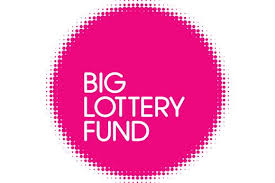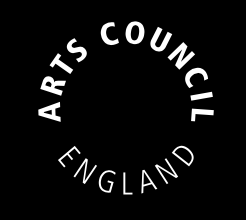Writing Funding Applications
- Lily Newman
- Dec 6, 2018
- 2 min read
To help us in the future today we spoke about the steps to write a funding application. I have never thought about applying to these before but since reading this I now know not to rush into it and probably not to do one right now and to wait a couple of years.
1. Develop an idea - look at the questions - if I can't answer them then I'm probably not ready to propose a grant. The businesses aren't looking for a finished piece of work but have a clear time frame for when everything will happen to complete the work.
2. Start Early - never send in your first draft.
3. Check my Eligibility - look at past recipients and see whether I have anything in common.
4. Choose Appropriate Images - something that will have a reference to something I'm applying for.
5. Prepare Files - send formatted images how the company have asked, do everything they have asked otherwise that can affect the application.
6. Use Writing Exercises - The Artist's Guide to Grant Writing is a good book to read and look at. If I have an idea write it down freely, but quite often there is a word count.
7. Write a budget for my project - not every application requires a budget but it is highly unlikely they wouldn't ask for a budget. Write the budget at the same time as the proposal and don't forget my own labour but I was advised that as I'm a student and if I was to apply for an application it would probably be easier if I did it for free and didn't add on any labour costs for me as I would just need the money for the project.
8. Write a draft
9. Specific point to cover - NEED TO LOOK AT SLIDESSS
10. Information to avoid:
- Stating the obvious
- Don't write general statements
11. Start with a clear pitch - LOOK AT EXAMPLESSS
12. Use editors (family, friends, lecturers) - get feedback from someone who is good at English language and who aren't afraid to offend me.
13. Fill out Application Form
14. Prepare CV's and Bios - the company will normally ask for one or the other but is good to have both prepared. If my website has a bio on it then I can read through that and check that I'm happy to send it off. A bio is better as a CV can be quite a long read.
15. Use a Checklist - quite often the funding body will send a checklist of things that need to be down but I should also keep a checklist myself.
16. Submit and Follow Up - mark on calendar when the deadline is and whether they get in touch with me.
Funding bodies I have looked at:
The Arts Council
EUCLID - this is an EU funding body which I will still be eligible for because we haven't yet left the EU.
Prince's Trust - they Prince's Trust show different websites and organisations that give grants as well as just their own charity.
Big Lottery Fund









Comments